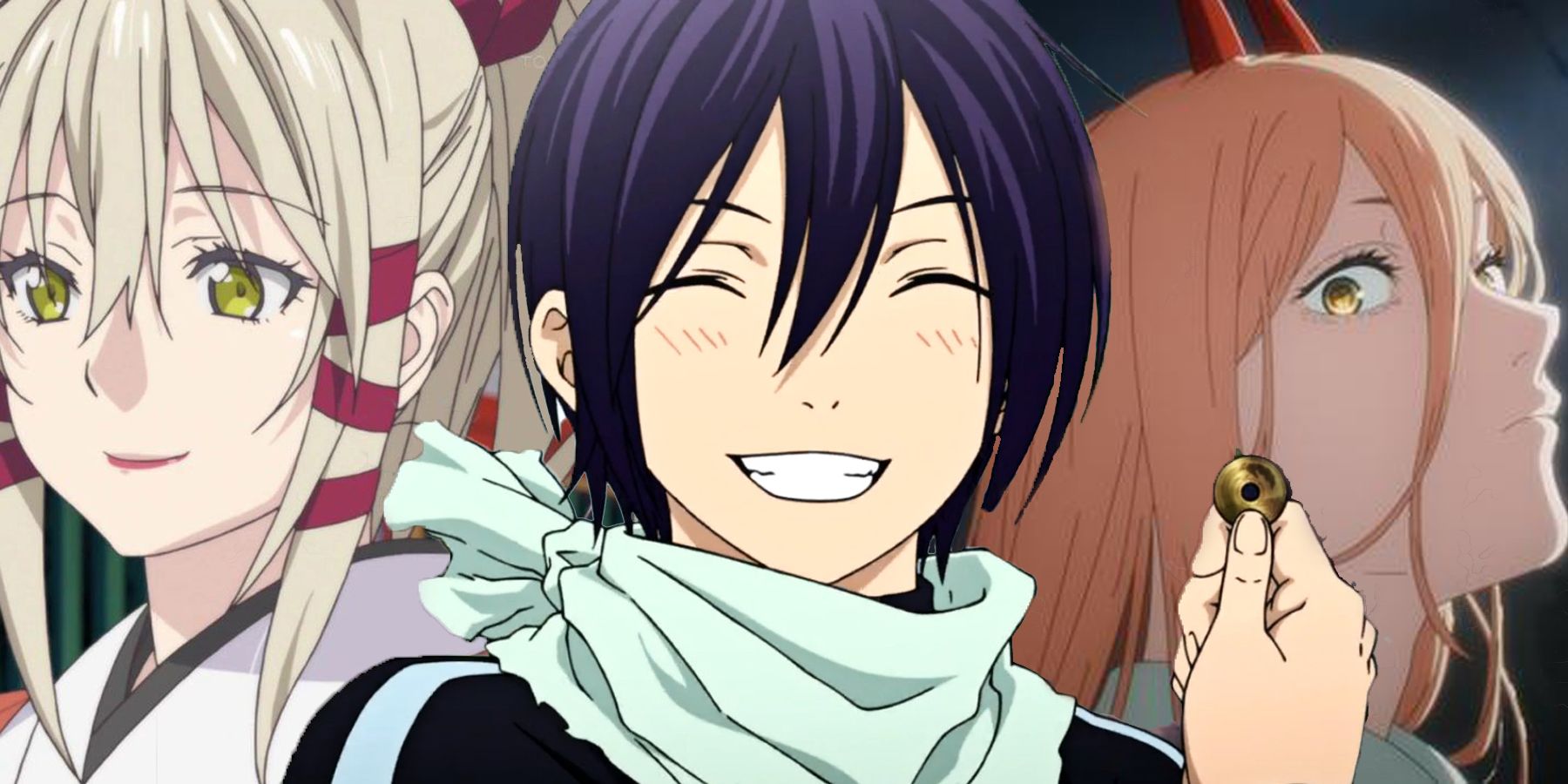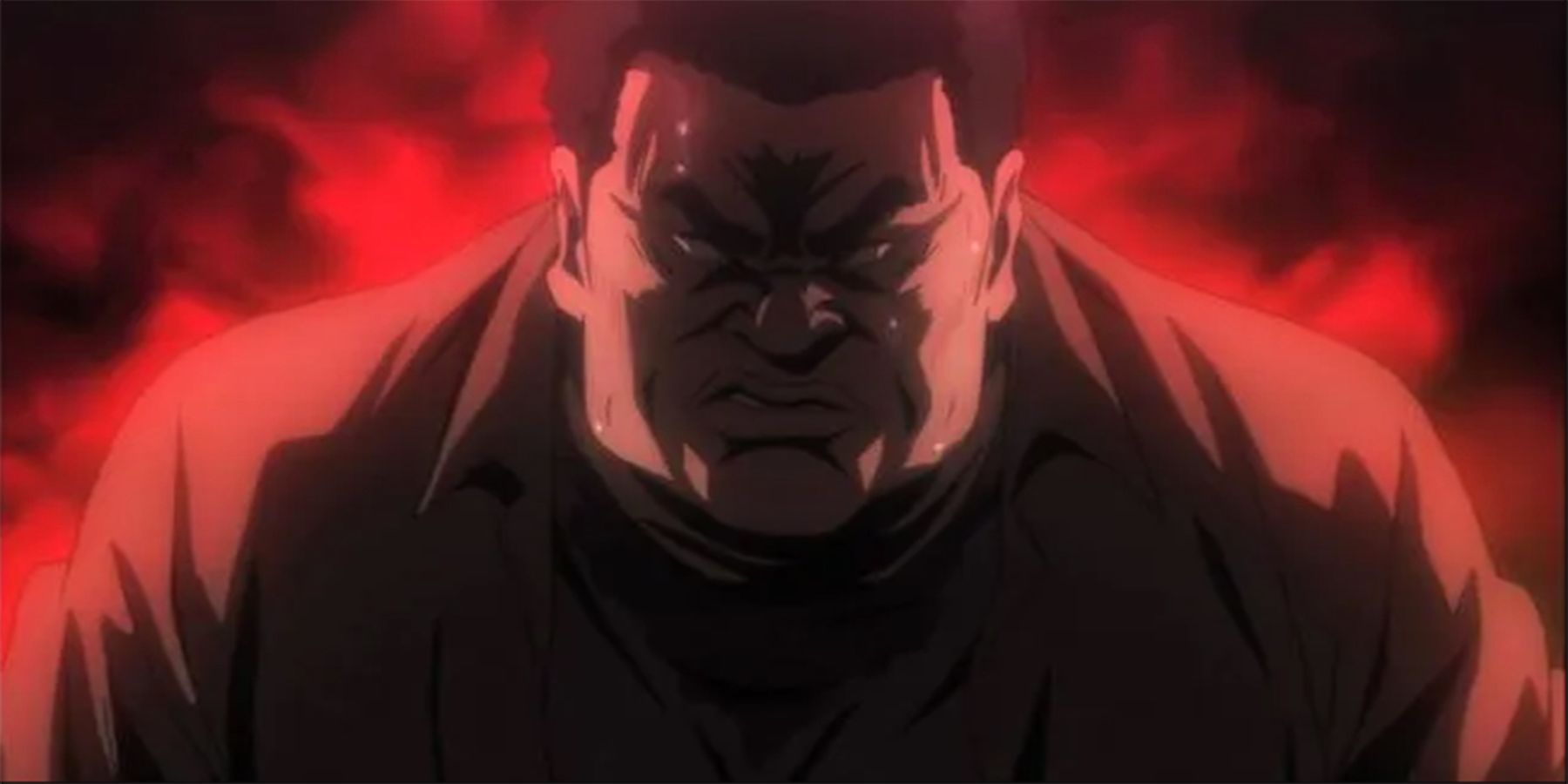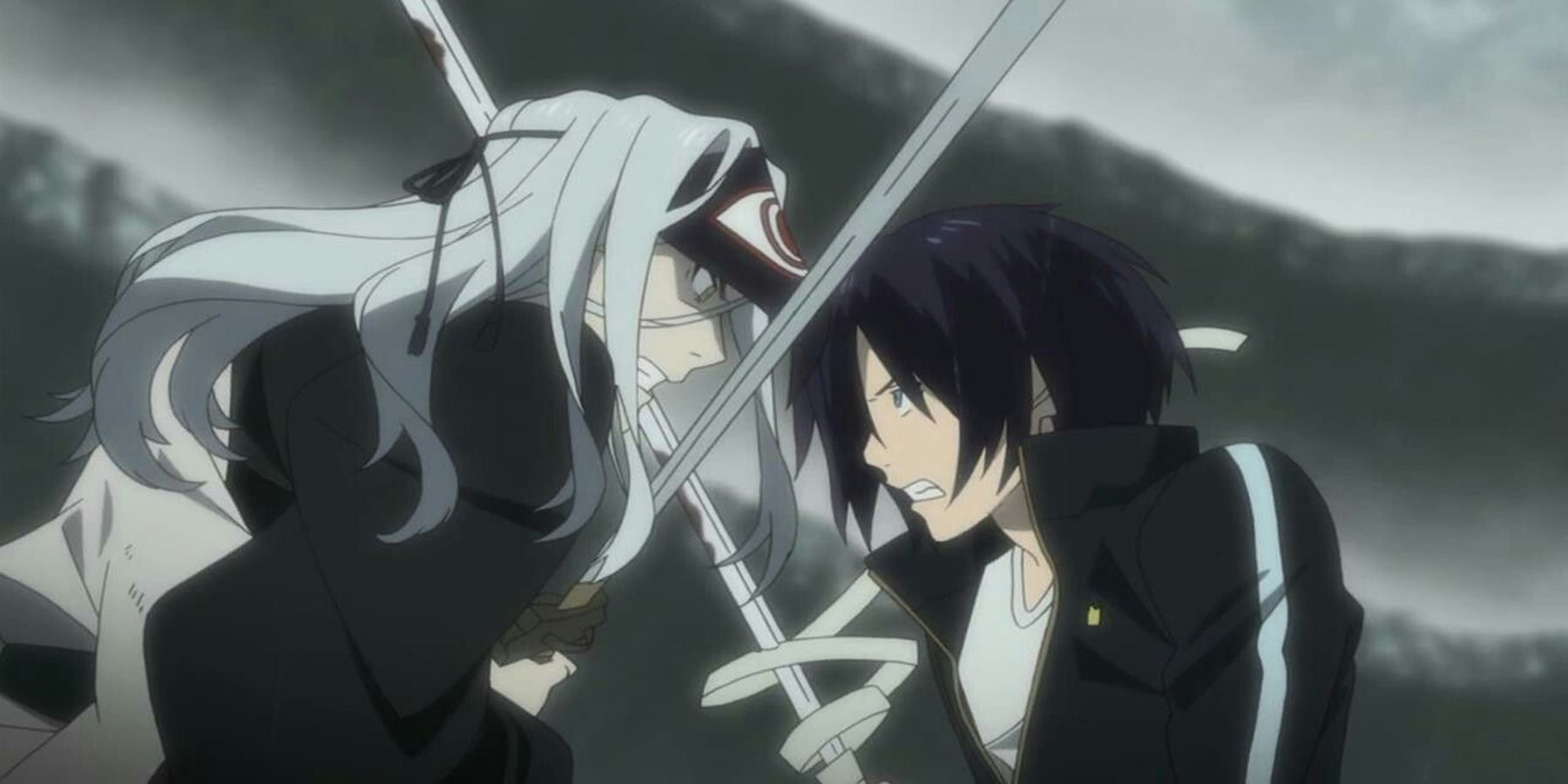"That's not what happened in the manga", "they skipped the most important part", "the manga is better"; you'll usually see these statements in social media and occasionally even from your friends. They might mean well in the sense that their expectations were failed, and they want you to have a full experience; and to be fair, anime adaptations don't always come out at the same time as the manga.
So fans may have already begun reading the manga before the anime was even announced. But for those who haven't read the manga, perhaps it's a better idea to put it off until you finish the anime, or what's been adapted of it, that is.
The Initial Bias
A mangaka doesn't always have direct involvement in an anime adaptation - and some scenes are cut or changed for the sake of running time. This is most often the case for 12-episode anime. For example, shortly before Kaneki's torture in Tokyo Ghoul, he was recruited as a corpse disposer and given the false promise that if he came with his tormenter, his friends would be spared. This was in the manga. In the anime, they went straight from Kaneki being taken to the torture room. This saved time but it disappointed manga readers greatly. However, both scenarios made sense. An anime-only watcher still got the general idea without the need for extra context.
In a flashback in BTOOOM!, Kousuke is playing a video game when his abusive father walks in and proceeds to beat him, just because he stayed up late. In the manga, his father walks in, wanting to use the TV. Kousuke rushes to save his game, but the former loses his temper. This is exposition that his father is not just physically abusive, but has a short-temper and lack of patience as well. The same sequence of events happened, but what the manga had over the anime was simple: more context.
Pieces Of A Smaller Puzzle
Sometimes the anime expands on its content or adds an extra character to drive the narrative's development further. In season 1 of Noragami, Yato gets a thorough glimpse into Yukine's past, whereas the manga glossed over it. Later on in the season, a new character appears from Yato's past, who challenges him in an effort to return to his old life. While not in the manga, the encounter provides more context on Yato's predicament and how he decides to ultimately choose a righteous path. Changes in content can be good, but there are exceptions, Tokyo Ghoul √A being one of the more infamous adaptations.
For the most part, as fanbases frequently point out, there is more context in the manga. Meaning that it fills in the extra spots that viewers didn't know the anime had. Watching the anime first helps "complete" the experience, for lack of a better term. Viewers are able to enjoy the anime, music and all - and then afterward experience it again through a different lens. If it's the manga first, and then the anime afterward, you're more likely to get disappointed. It's natural for fans to have expectations for their favorite franchises, so it's not a bad thing to feel let down, but it's not a pleasant feeling. This isn't meant to imply that you should never read manga in case one gets an anime adaptation, but if it's a franchise that interests you that has an adaptation, why not give it a try first? The OP could become your next favorite song.



